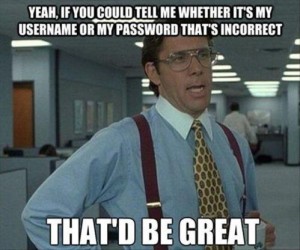Think about sites you like…
Now more than ever, it’s necessary to tailor website content to suit the user and not the search engine. While content has always been important, it’s now vital to the success of any website and to how a site ranks with the search engines.
It’s not just about the content though, every aspect of a site must be optimized for both the user and search engine, including:
- Site structure
- Navigation
- Page outline
- Content
- Social sharing
- Accessibility
So, it’s necessary to think about both from the very moment of inception, to the final stage where a site is built, established and producing content.
Design and site structure
A site that is confusing in any way is likely to see a low conversion rate and this applies to design, including colors, navigation and content.
It’s a good idea from a technical standpoint to ensure that a site is structured logically for the search engine spiders, but this doesn’t mean that user navigation should be ignored.
Remember that the main reason you have a business website is to gain customers and these are real people, not algorithmic robots. The key to this, as with most things in business, is planning. If a site is designed step-by-step, with the designer, content manager and SEO professional all having some input, then it’s success is all but guaranteed.
The Breakdown
The facets of a good website can be broken down as follows:
- Useful: Is the site really useful to its visitors? Why? What does it give them in terms of value? (products, services, information etc.)
- Usable: Is it easy to use?
- Desirable: Does the site look good, taking advantage of branding, with nice fonts and colors that match the brand?
- Findable: Again, can visitors find what they need, does it have a search function and a site map for visitors?
- Accessible: Is the site disability friendly, or can it be easily translated?
- Credible: Is the site and its content credible, is the information to be trusted? Why?
- Valuable: Does the site give customer value in terms of satisfaction?
Usability covers an awful lot of issues, too much to go into at any one time. This is true of every aspect of site design, which should be considered a project involving a team, rather than the job of a solitary designer coming up with everything.
Right from the very beginning it’s necessary to look at who will use the site, why they will and how they will and how this can be made easier for them, from search to landing to navigation.
This involves elements of design, technical, content and ultimately device, as if a generic responsive site is going to be used, then the mobile and tablet user will also have to be considered.
What this means is that web design, marketing and SEO should be considered holistically, rather than as individual parts, with the result being a site that performs well on every level.

